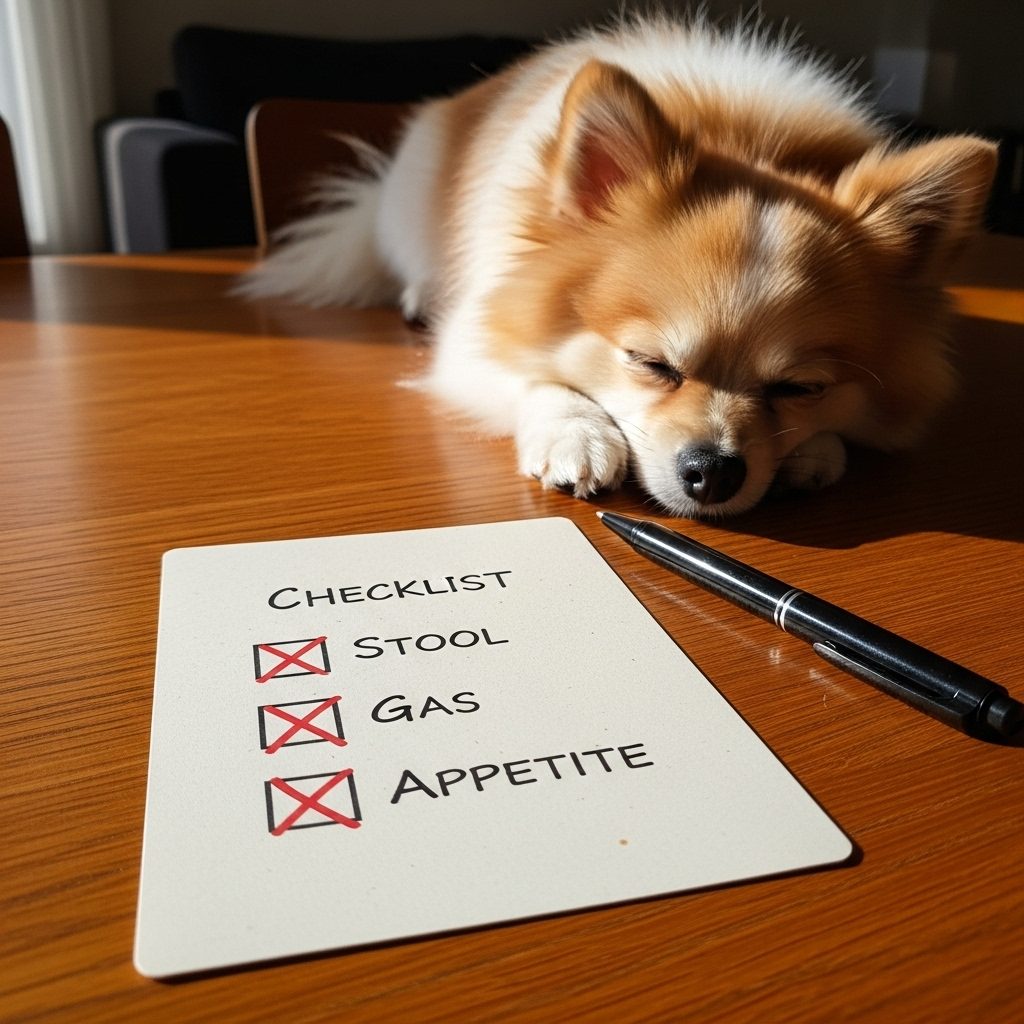Not Seeing Results? Signs Pet Probiotics Aren’t Working

Probiotics are a popular supplement for pets to support digestion, immune health, and recovery after antibiotics. But they don’t always produce visible benefits right away, and sometimes a product or approach isn’t the right fit. This guide helps pet owners recognize common signs that a probiotic may not be working, explains why that can happen, and offers practical next steps so you can decide when to switch products or seek veterinary care.
Intro: What to expect from pet probiotics
Most pet probiotics are dietary supplements that add live beneficial bacteria or yeast to the gut. Results vary by strain, dose, and the pet’s health. Some pets show improvement in stool consistency, gas, or appetite within a few days; others need weeks. Expect gradual change rather than an immediate cure. Knowing realistic timelines and warning signs helps you spot when it’s time to adjust your plan.
Common signs a pet probiotic isn’t working
- No improvement after a reasonable timeframe: No change in diarrhea, constipation, gas, or appetite after 2–4 weeks (unless your vet advised otherwise).
- Worsening symptoms: Increased vomiting, diarrhea, lethargy, abdominal discomfort, or new bloating after starting the probiotic.
- Inconsistent stool quality: Ongoing very loose stools, very hard stools, or frequent urgent defecation despite correct dosing.
- Return of old symptoms: Temporary improvement followed by a relapse to the original problems.
- Allergic-type reactions: Skin rash, intense itching, facial swelling, or other signs of an adverse response.
- Feed refusal or decreased appetite: If your pet stops eating when the probiotic is started and it persists, this is concerning.
Why a probiotic may not be working
1. Wrong strain or insufficient CFU
Not all strains work the same for every condition. Products differ in species and colony-forming units (CFU). A product lacking strains shown to help dogs or cats for a specific issue may be ineffective.
2. Poor product quality or storage problems
Probiotics are living organisms. Heat, humidity, and time can reduce potency. If a product was stored poorly or is past its shelf life, it may no longer contain viable organisms.
3. Incorrect dose or inconsistent administration
Under-dosing or skipping doses reduces benefit. Follow label directions or veterinarian guidance for the correct daily dose and method (mixed with food, given on an empty stomach, etc.).
4. Active antibiotics or other medications
Antibiotics can kill probiotic organisms. Some vets recommend timing probiotics a few hours apart from antibiotics or choosing specific strains that are more resistant. Discuss timing with your vet.
5. Underlying health conditions
Parasites, food allergies, inflammatory bowel disease, endocrine problems, or infections may cause symptoms that a probiotic alone won’t fix. If those conditions are present, you may need targeted treatment.
6. Short trial period
Some pets need several weeks to respond. Expect at least 2–4 weeks for meaningful change in chronic issues; for acute problems you may see faster results, but not always.
When to consider switching or stopping a probiotic
Deciding whether to switch probiotics depends on the pet’s symptoms, time on the product, and the product’s quality. Use this step-by-step checklist:
- Confirm proper dosing and administration according to the label or your vet.
- Check the product’s expiration date and storage instructions; ensure it was stored as recommended.
- Give a fair trial—typically 2–4 weeks for chronic digestive issues, or as your veterinarian advises.
- If symptoms worsen, stop the probiotic and contact your veterinarian promptly.
- If there is no improvement after an appropriate trial, discuss switching to a veterinary-recommended probiotic or pursuing diagnostic testing for underlying causes.
- Consider switching if the product lacks species-appropriate strains, low CFU for the intended use, or poor stability (e.g., product claims not supported by manufacturer transparency).
How to switch safely
- Consult your veterinarian before switching, especially if your pet is ill or on other medications.
- Choose a veterinary-formulated probiotic or one with clear strain identification and stability data.
- Introduce the new probiotic as directed; some owners transition gradually, though most probiotics can be started immediately if tolerated.
- Monitor your pet closely for 7–14 days after switching and report any adverse reactions to your vet.
| Pros | Cons |
|---|---|
|
|
Monitoring and when to contact a veterinarian
Contact your veterinarian immediately if your pet shows severe vomiting, bloody diarrhea, dehydration, collapse, or signs of an allergic reaction. For milder but persistent issues (ongoing diarrhea, weight loss, poor appetite) schedule a vet appointment to investigate underlying causes and get recommendations for targeted probiotic strains or other therapies.
FAQ
Q: How long should I wait before deciding a probiotic isn’t working?
A: For many digestive issues, wait at least 2–4 weeks, unless symptoms worsen. Acute issues may improve sooner. Always follow your vet’s timeline if given.
Q: Can probiotics make my pet worse?
A: Some pets may temporarily have mild gas or soft stools when starting probiotics. Stop and call your vet if symptoms are severe, persistent, or include vomiting, bloody stools, or allergic signs.
Q: Should I use human probiotics for my pet?
A: Human products are not formulated for pets and may contain strains or quantities that are less effective or unnecessary. Use veterinary-specific formulas or products recommended by your veterinarian.
Q: Are refrigerated probiotics better?
A: Refrigeration can help preserve viability for some strains, but many high-quality products are shelf-stable. Follow the manufacturer’s storage instructions and check potency claims.
Key Takeaways
- Expect gradual results; allow 2–4 weeks for chronic issues before judging effectiveness.
- Worsening symptoms, severe reactions, or no improvement despite correct use are signs to reassess.
- Quality, strain selection, proper dosing, and storage all affect probiotic success.
- Consult your veterinarian before switching products, especially for sick or medicated pets.
- Probiotics are a supplement—not a replacement for diagnosis and treatment of underlying disease.
Disclaimer: This information is educational and not a substitute for professional veterinary advice. If you are concerned about your pet’s health or considering major changes to their supplement regimen, consult your veterinarian. In emergencies or if your pet shows severe symptoms, seek immediate veterinary care.

Leave a Reply